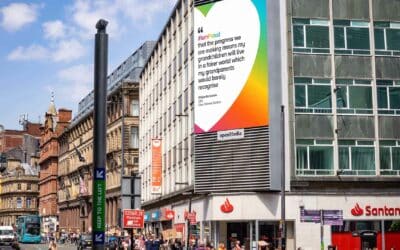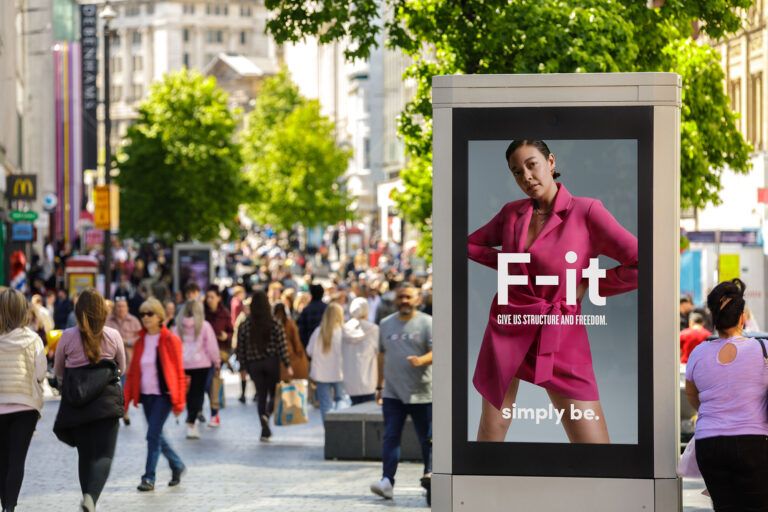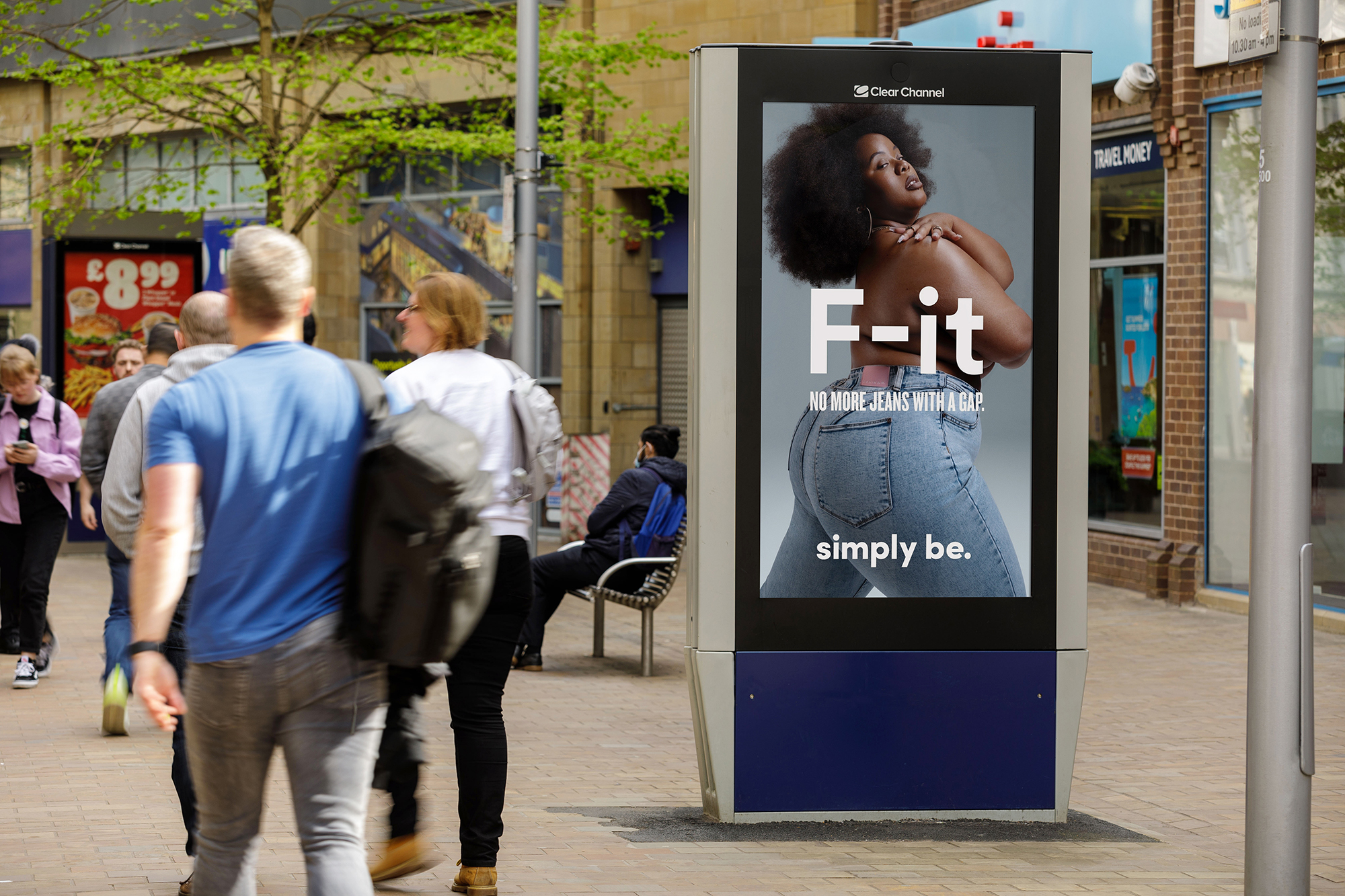Despite the emergence and obsession with digital innovations, marketers and brand managers must seriously consider the implications of losing real-world visibility with customers writes Colin Horan, Strategic Partner at Clear Channel.
The online world has grown exponentially. There are now well over 1 billion websites offering experiences, information, products and services and more. But the biggest expansion in recent years has been online shopping. The boom in ecommerce, exacerbated further still by the pandemic, touches everything – clothes, groceries, cars. The internet is now one of the primary places we do our shopping, and almost all new businesses are born online.
Digital innovations across cloud computing, blockchain and more are opening up new opportunities for online experiences, and there is a growing obsession with new kinds of digital spaces. Take, for example, the metaverse. In August 2021, Mark Zuckerberg announced his vision for the metaverse as the ‘successor to the mobile internet’. Since then, every advertising event or industry publication has been filled with talk of the metaverse.
The metaverse
Organisations with the cash to spend have been quick to climb aboard. Manchester City FC announced earlier this year that they were launching in the metaverse, by recreating a digital Etihad stadium so that even more fans could virtually experience live matches and the club could therefore grow their global brand. But nothing compares to those experiences that exist in the real world – I was lucky enough to get tickets for Man City’s thrilling Champions League semi-final against Real Madrid back in May, and even though I’m not a City fan, it was an experience I won’t forget.
These experiences have become even more special since the pandemic forced many of us online to buy and experience things we would normally seek out in person. We are more keenly aware than ever of the importance of real-world experiences. The joy of being out there shopping, eating and drinking, seeing friends, and going on holiday isn’t something that can be perfectly virtually recreated. So, before brands look to conquer the digital world, they should consider whether they have a significant real-world presence. They should build their brand in the places where people physically go to spend their time and seek positive experiences.
How physical presence drives sales
When it comes to digital brands, there is an increasing subconscious assumption that the buyer journey usually starts and finishes online, resulting in an over-reliance on digital media. According to the IAB, it’s predicted that 74% of advertising spend in the UK will be on digital media in 2022. But we must not ignore the importance of brand-building in the places that are meaningful to people, within their communities.
Studies show people who live near a physical store are more likely to visit that brand’s online store, in part because of the awareness and trust generated by its physical presence. It’s been proven that retailers can expect their online revenue to be more than double from shoppers within the catchment area of the store.
Physical presence need not always come in the form of brick-and-mortar stores. Brands can use public advertising to maintain a visual presence in the real world, whether it is via billboards, bus stops, or in shopping malls. This is a tactic that has been used by some of the UK’s biggest retail brands as their number of brick-and-mortar stores dwindle or altogether disappear. For example, when Debenhams were bought by the Boohoo group and moved fully online, they needed their customers to maintain awareness of the brand and know that it still exists, so they dialled up their out of home presence.
It’s also something we see happening in reverse, with digitally native brands moving into the physical world to reach new audiences and build greater brand awareness, through opening physical stores or inviting customers to in-person experiences. Polestar is a good example of this. The premium electric car brand started out with a purely online direct-to-consumer sales model but has since opened a physical space in the Trafford Centre, which allows them to raise their profile to the 35 million visitors to the mall each year.












